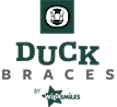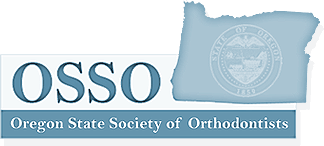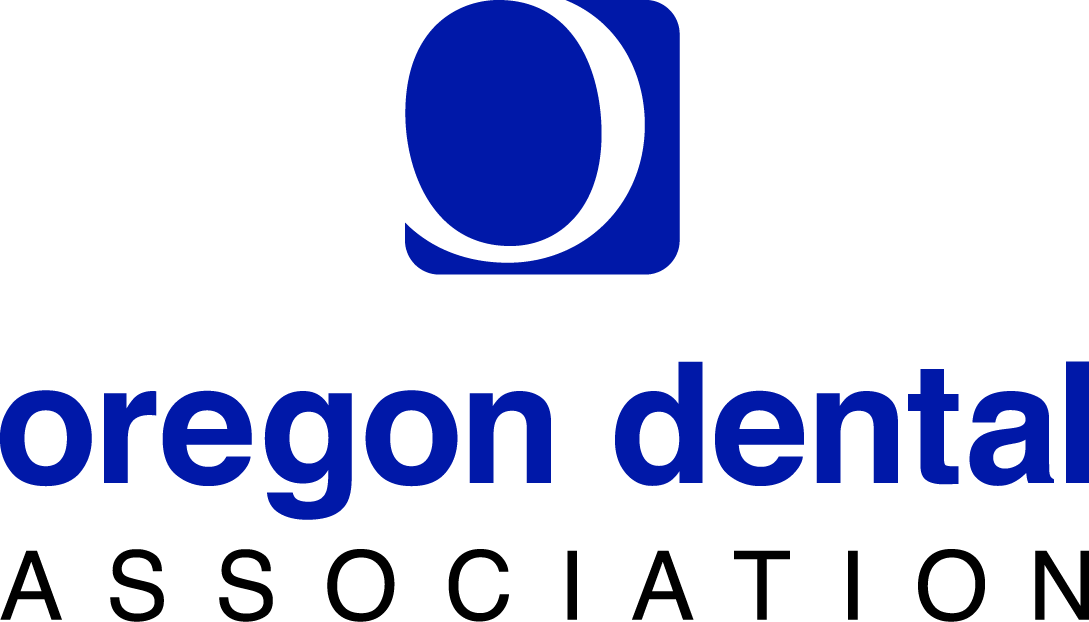Life with Braces in Eugene & Creswell
Braces help to set your teeth up for a lifetime of health. Aligning the teeth makes them easier to clean and easier for your dentist and hygienist to care for them. Establishing an ideal bite relationship between the upper and lower teeth allows them to function correctly during eating and speaking, which leads to less wear and tear to the teeth over time.
Dr. Thornton and our team are excited to accompany you on your journey to a new, amazing smile!
What NOT to Eat
It’s important to protect your orthodontic appliances by eating foods that will not break them. When you have braces, you can still eat many of the foods that you usually eat. However, you should avoid foods that are very hard, chewy, and sticky, especially those that are high in sugar. Hard foods can break braces and lengthen your treatment plan. Food and drinks with a lot of sugar can lead to tooth decay and permanent stains around your braces.
Additionally, you should not chew on pens or pencils, bite fingernails, or anything else that you think has the potential to damage your orthodontic appliance.
Brushing and Flossing with Braces
Brushing your teeth with braces is more difficult than without braces because the plaque and bacteria have many more hiding places. You have to focus on removing all plaque from all surfaces around the braces, therefore you have to modify your usual brushing technique. We will demonstrate this for you when your braces are put on.
The greatest challenge in brushing your teeth with braces is reaching the area between your gums and the braces, especially on the lip side of your lower front teeth. There is little space between the braces and the gums here because these teeth are small. Therefore, it is extra important to focus on this area when you brush. Biting and smiling makes it much easier to access this area while you are brushing.
The best toothbrush to use with braces is the Sonicare™. Its vibrating action blasts away food and debris from around your orthodontic appliance better than anything else. We sell these brushes at a low cost to our patients. Our flosser of choice is the platypus flosser, which makes flossing with braces easy. We are happy to give these to our patients, as long as they demonstrate they are using them regularly. When you start your orthodontic treatment with us we will show you the ideal technique for brushing and flossing with braces.
The best part about brushing your braces? We encourage great hygiene and care of the braces by rewarding our patients with T-tokens, which can be redeemed for prizes within our office.
Dealing with Discomfort
When braces are first put on it will take some time to get used to the way they feel. Your teeth will feel achy for a few days and your lips and cheeks will be slightly irritated. However, after some time your discomfort will subside and your body will adjust to the feel of the braces.
For the first week in braces and then for about a week after each adjustment your teeth will ache. Hang in there... this feeling means your braces are working to move your teeth where they need to go. The best thing to make your teeth feel better is ibuprofen (use as directed).
Broken bracket?
If one of your brackets, wires, or bands breaks and it is not causing you pain, it can often be repaired at your next adjustment appointment. Even in this case, though, we appreciate it if you can call our office during regular hours to give us a heads up. We will try to add time to your next appointment to make sure that we can get it fixed. If a bracket, wire, or band has broken and you are in pain, call our office to schedule an extra appointment. We will try to get you in as soon as possible. If it occurs when we are out of the office and nobody answers our phone, just listen to the voicemail message to get the after-hours phone number. Either Dr. Thornton or one of our team members will call you back to troubleshoot the problem.







